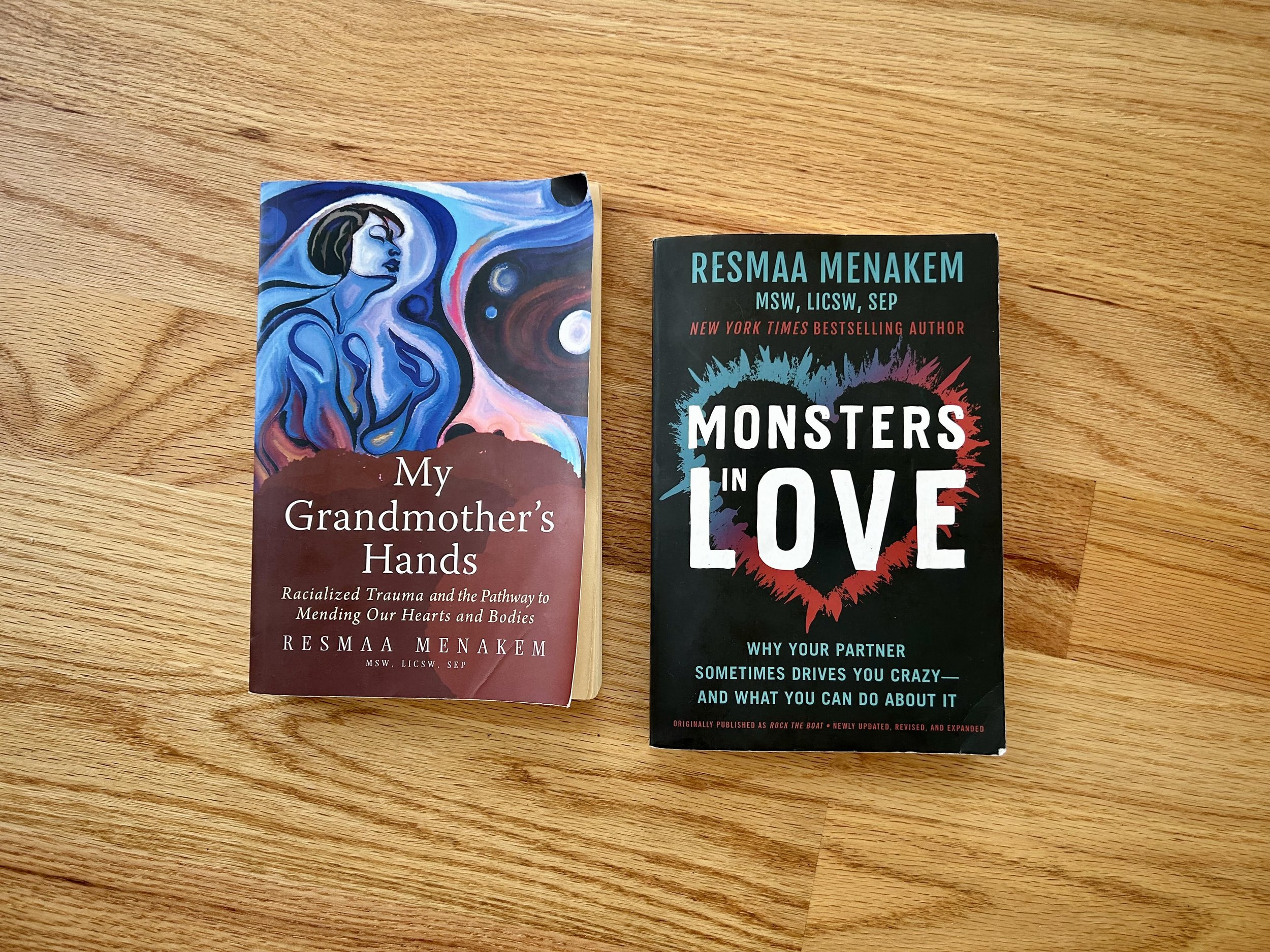
How does Chi for Two® align with the work of Resmaa Menakem’s Cultural Somatics?
Written by Dee Wagner - with Fred Shelton, Chi for Two Embodiment Coach and Director of Diversity Marketing
Resmaa Menakem is the author of My Grandmother’s Hands: Racialized Trauma and the Pathway to Mending Our Hearts and Bodies as well as Monsters in Love: Why Your Lover Sometimes Drives You Crazy—and What You Can Do About It. The best way to describe how Chi for Two is like the work of Menakem is to explain some ways that Chi for Two deepens Menakem’s work.
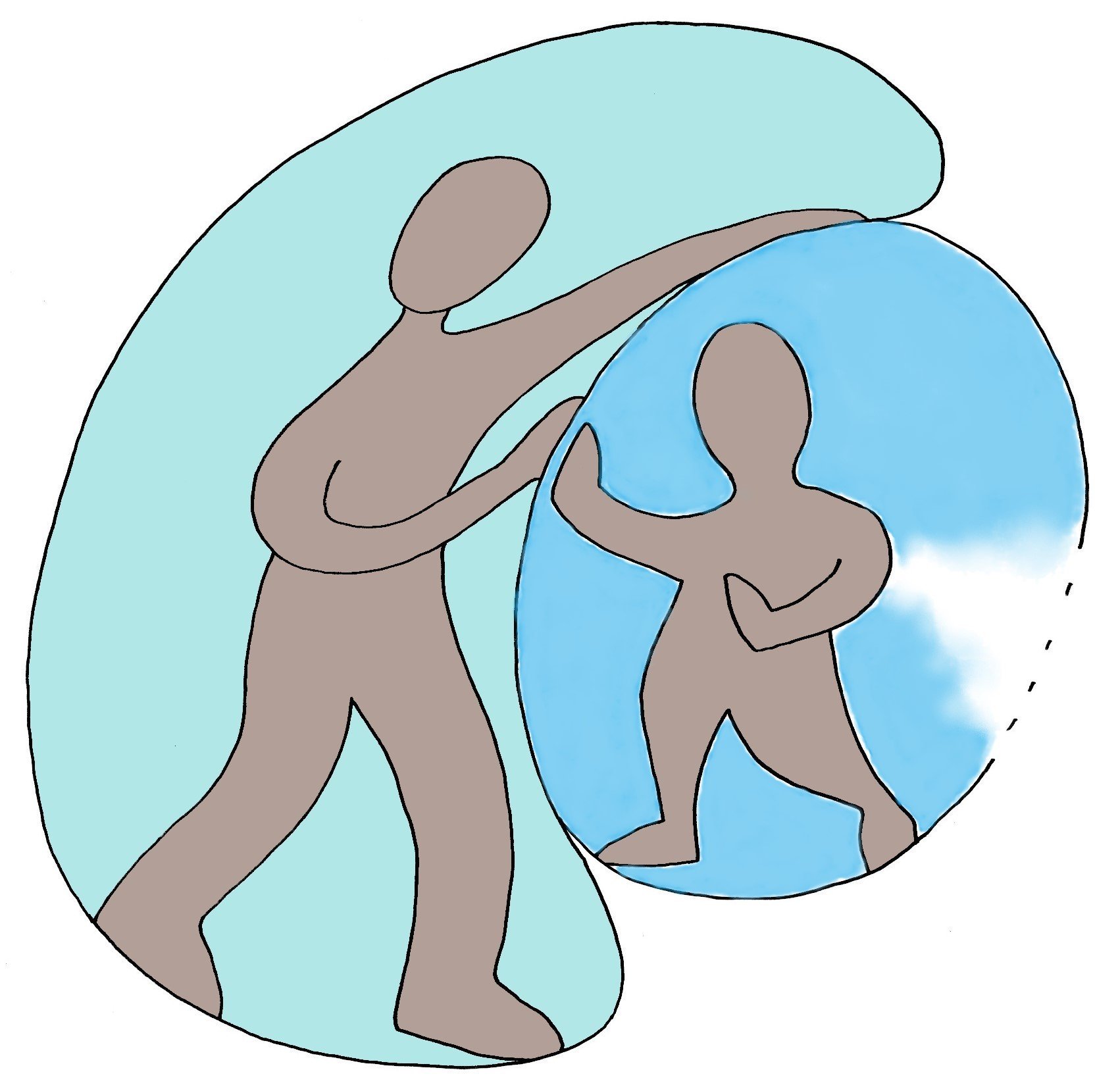
What’s the difference between Chi for Two and Somatic Experiencing?
Levine’s ideas of “titration” and “pendulation” are built into Chi for Two. Over the years, Levine created the trauma healing method Somatic Experiencing. As Wagner has presented on Chi for Two, participants have recognized the deep connection between Somatic Experiencing and Chi for Two because Wagner has been so connected to Levine’s work throughout all the years that led to the creation of Chi for Two.
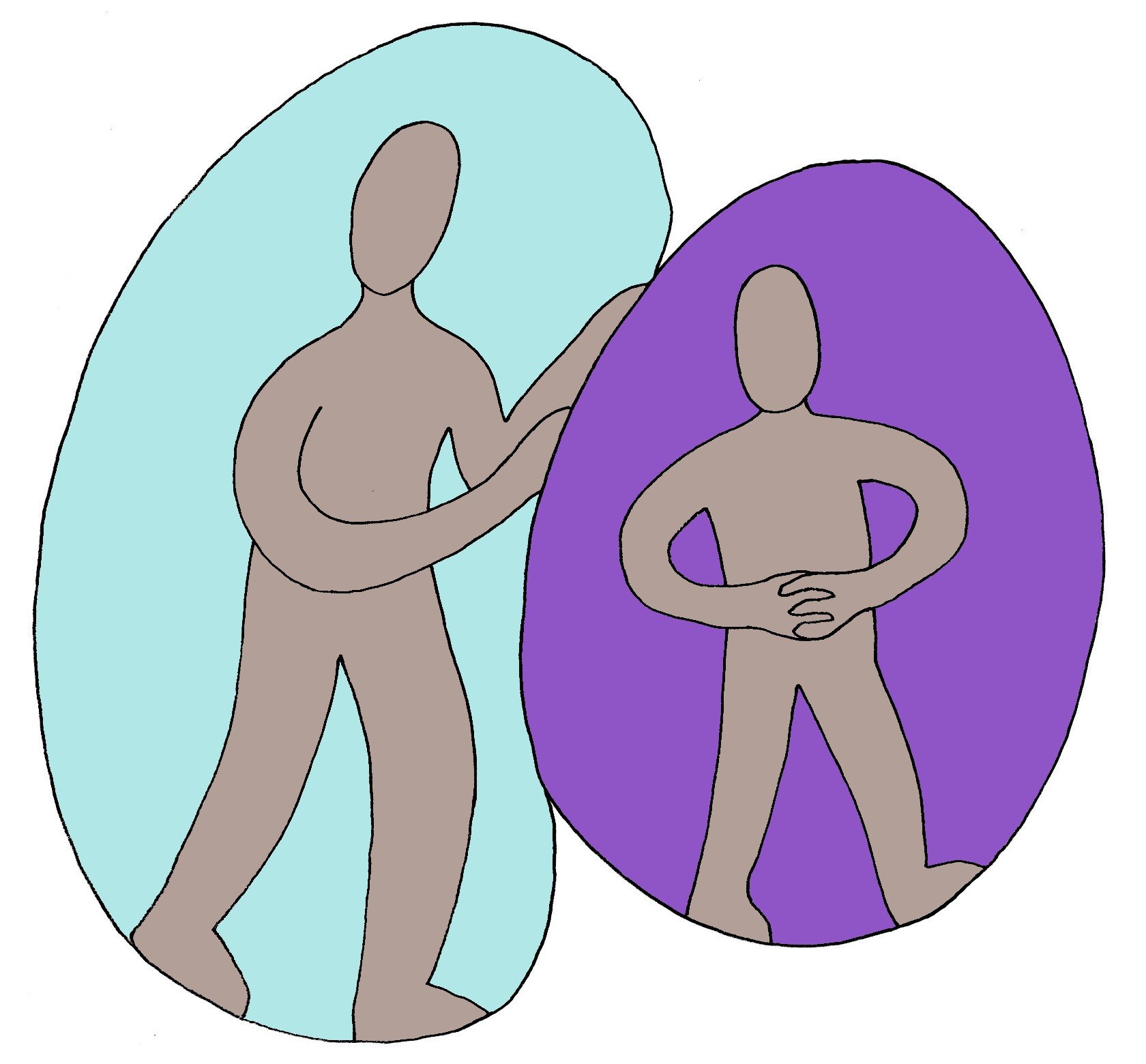
What is the difference between Chi for Two and Dialectical Behavior Therapy (DBT)?
Dialectical Behavior Therapy (DBT) was created by Marsha M. Linehan. DBT is a leading treatment for self-harm, anxiety and depression, especially among adolescents. DBT is considered a second or third-tier Cognitive Behavioral Therapy. DBT adds a mindfulness component. Dee Wagner (originator of Chi for Two) and Caroline Gebhardt (developer of Chi for Two) often explain playfully that Chi for Two can be seen as a “mega-mindful” version of DBT.
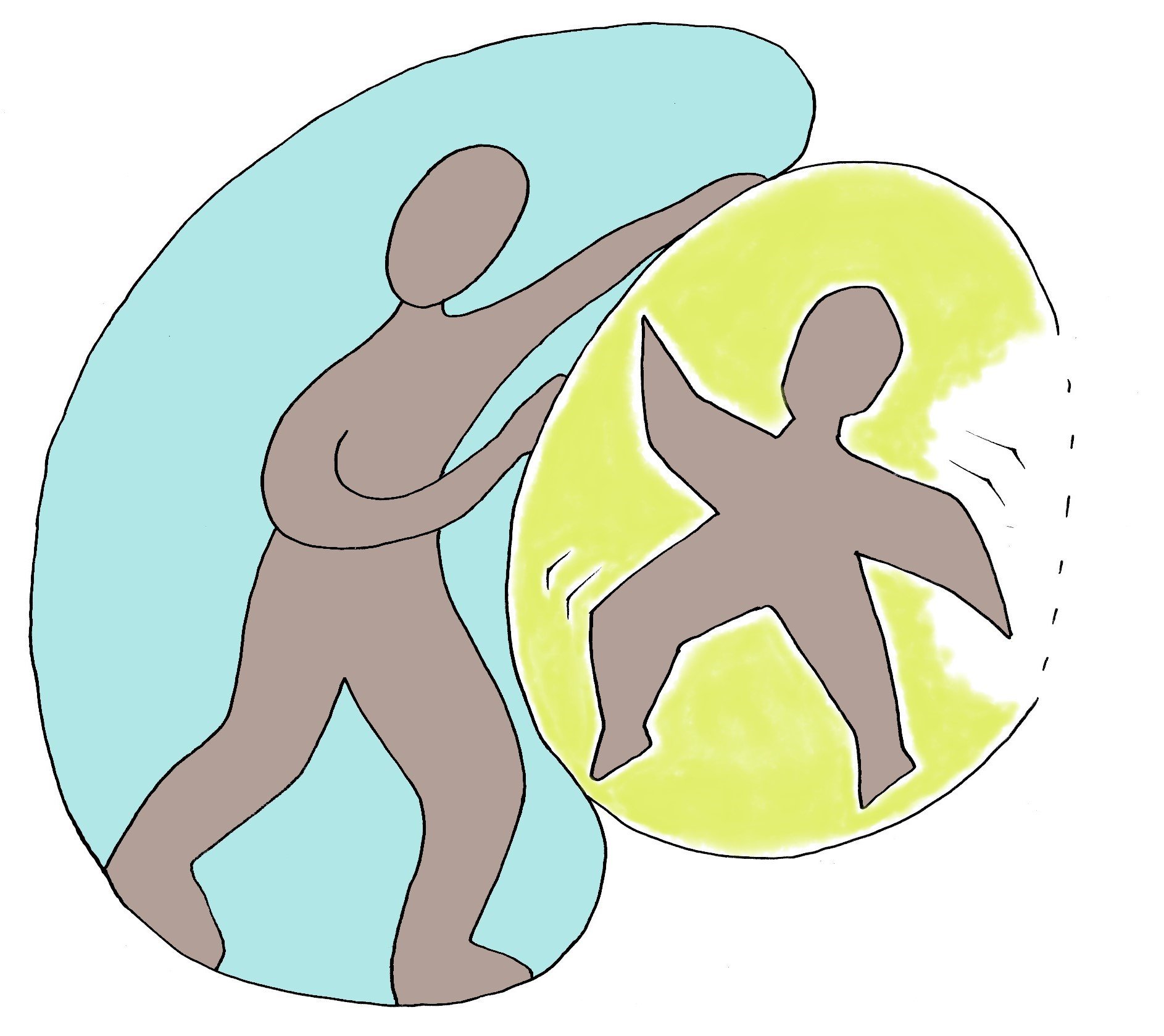
How is Chi for Two like Eye Movement Desensitization and Reprocessing (EMDR)?
Both EMDR and Chi for Two have specific certification training for clinicians. While the specific certification training for EMDR and Chi for Two is very different, both methods appreciate the value of side to side movement.
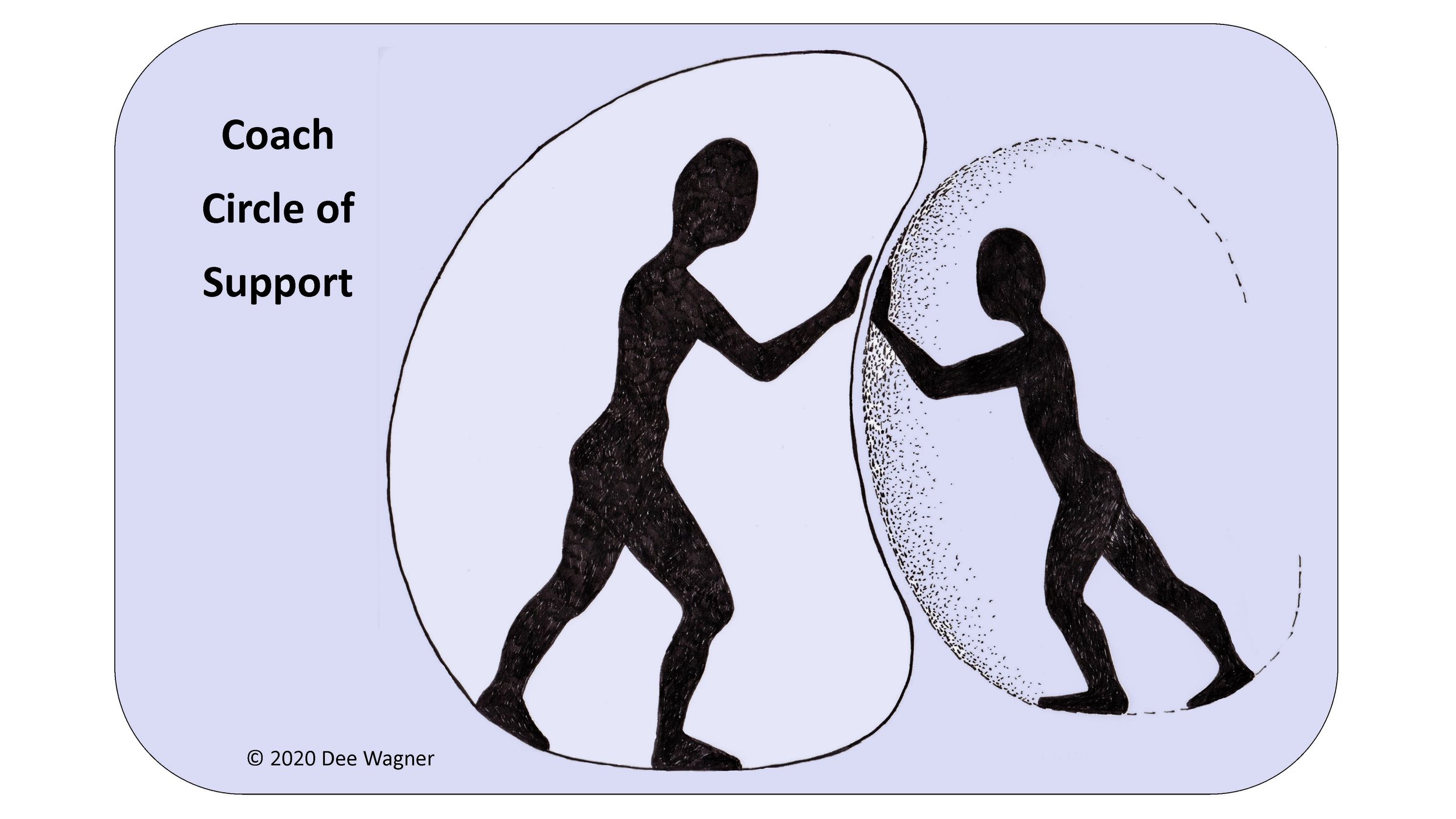
How is Chi for Two like Pesso-Boyden System Psychomotor (PBSP)?
PBSP heals past emotional deficits using unique processes called Structures, which help clients to identify emotional deficits and create ‘new memories.’ These ‘new memories’ provide symbolic fulfillment of basic developmental needs PBSP refers to as place, nurture, support, protection and limits. Similarly, Chi for Two partner practices provide a symbolic redo of major developmental infant/parent interactions.
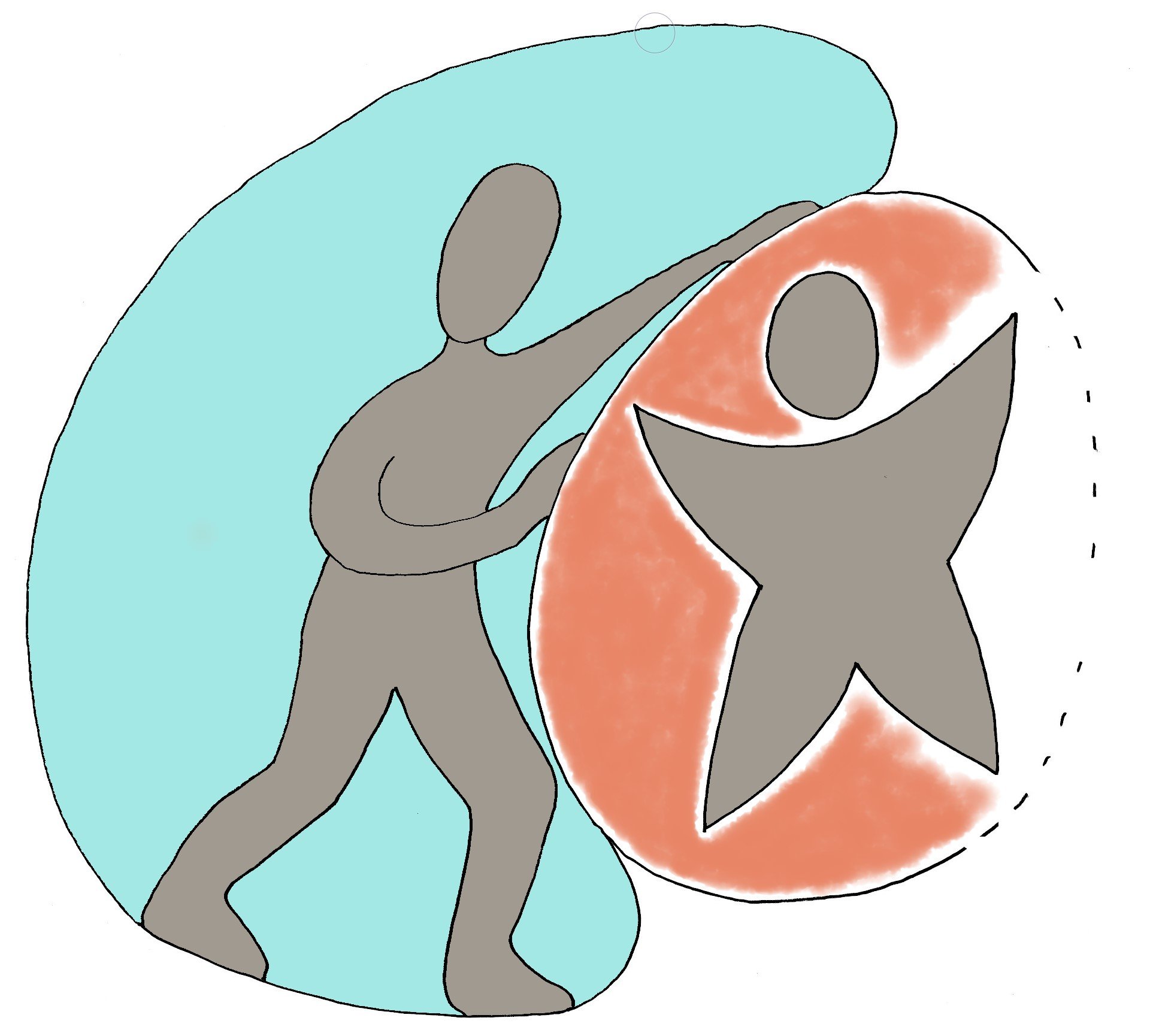
How is Chi for Two like Internal Family Systems (IFS)?
Internal Family Systems Therapy (IFS) was created by Richard C. Swartz. A version of Internal Family Systems Therapy that specializes in work for couples was created by Toni Herbine-Blank.
Both Chi for Two and IFS appreciate the therapeutic value of picturing parts of ourselves.
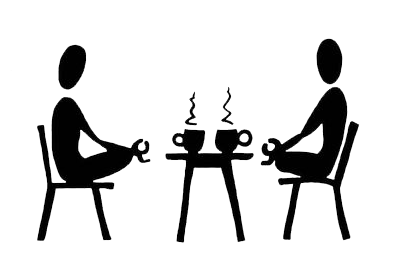
Why do the Chi for Two practices for romantic partners remind me of Emotionally Focused Therapy (EFT) for couples?
Because Chi for Two grows out of Attachment theory, it can remind people of Emotionally Focused therapy for couples. The fact that Chi for Two has partner practices can also create a sense of similarity.

Why do the Chi for Two practices for romantic partners remind me of Imago therapy?
Imago therapy teaches couples communication techniques for reflective listening, requesting behavior changes and listening to a partners’ venting. Aspects of Imago are foundational in Chi for Two.

Can bodyworkers whose trauma healing techniques involve touch benefit from Chi for Two training?
Chi for Two partner practices help people better sense the energetic dance of relationship. Push is a Chi for Two partner practice that bodyworkers can do with clients.
Photo credits:
© 2020 bobmahoney.com - Chi for Two© Practices Celebrate Healthy Oppositional Dances
© 2020 John Cargile - Let’s dig deeper into the Chi for Two© practices of Push and Reach/Grab/Pull

